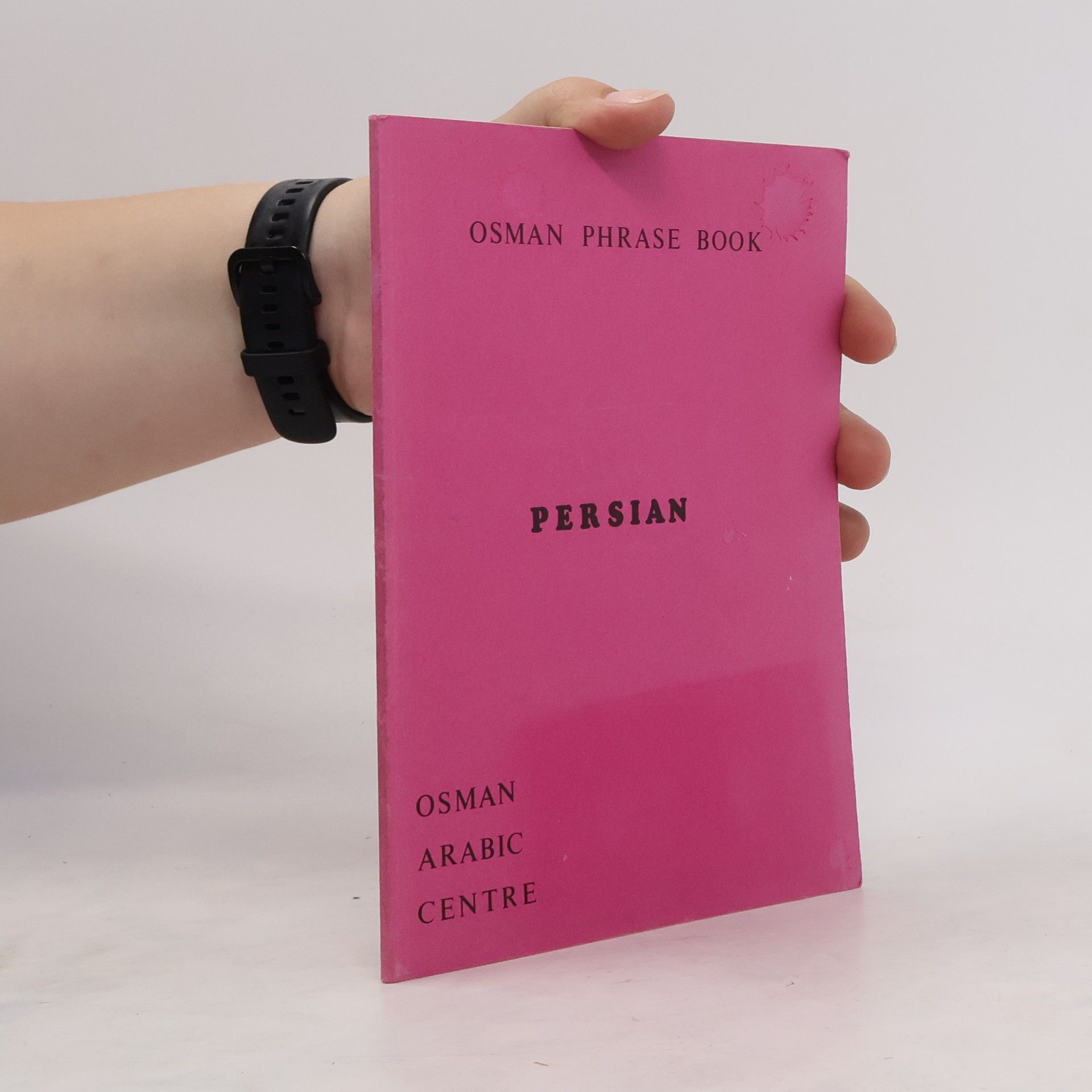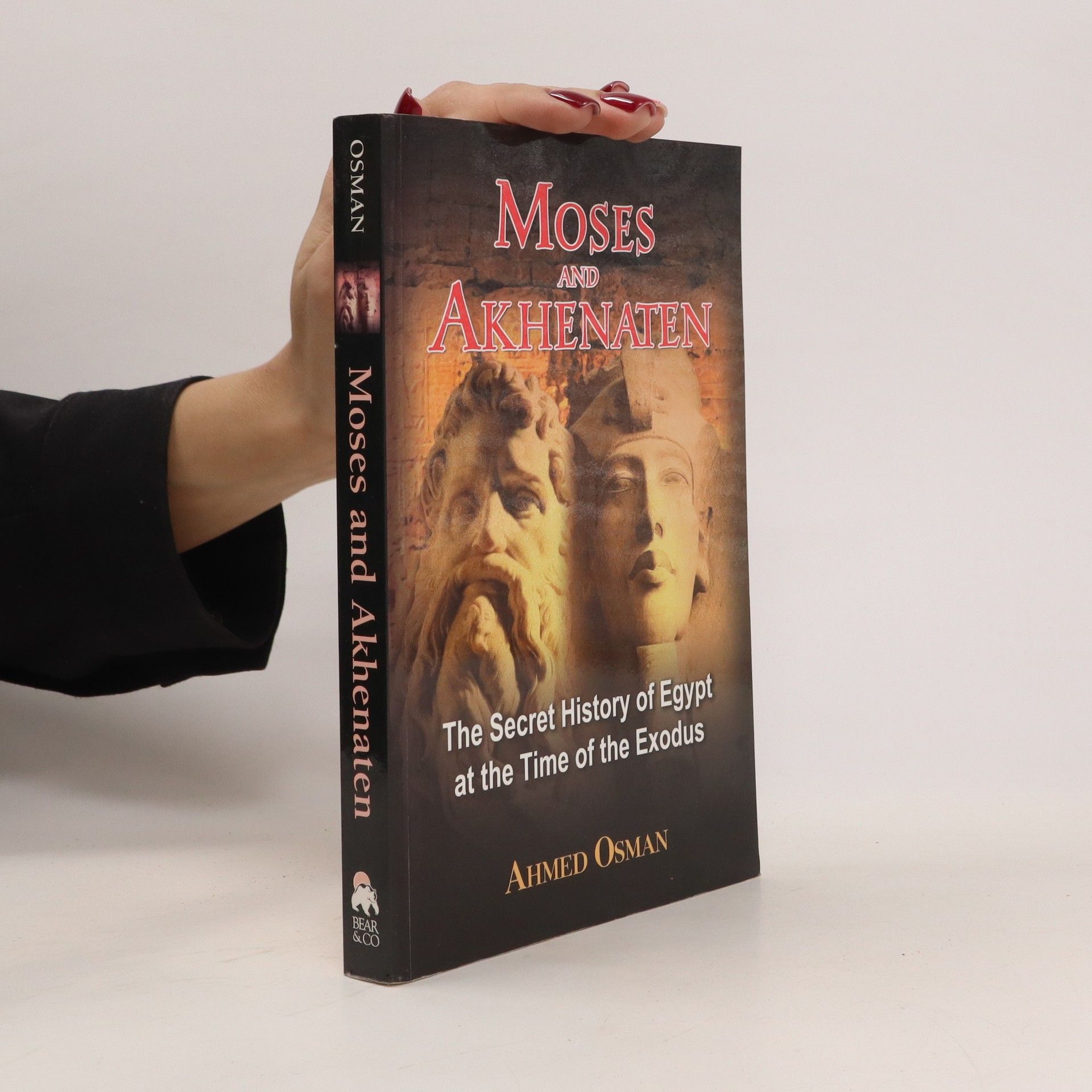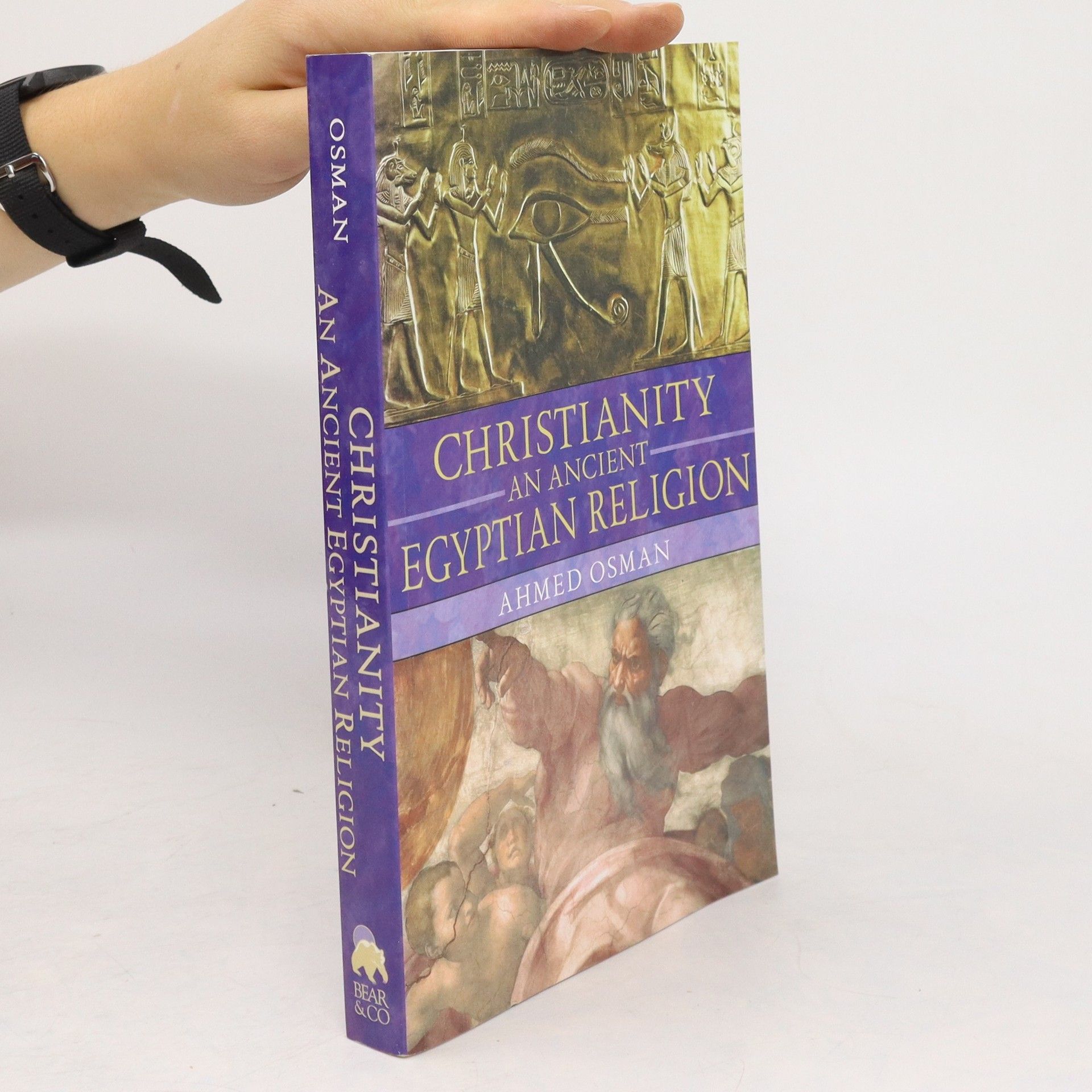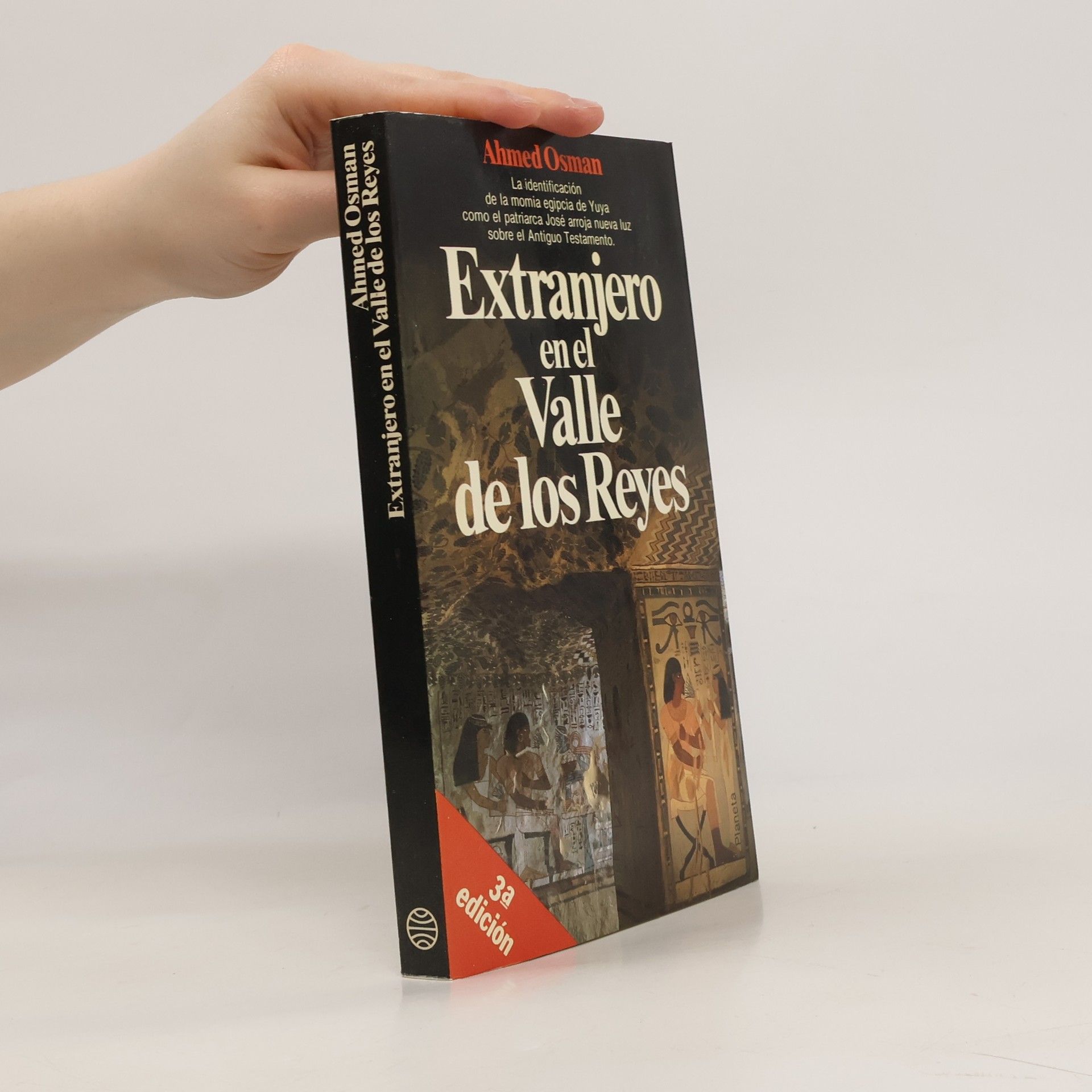"Contends that the roots of Christian belief came not from Judaea but from Egypt"--Provided by publisher.
Ahmed Osman Book order
This Egyptian-born author and Egyptologist delves into the mysteries of ancient Egypt. His work centers on alternative theories regarding ancient history, often challenging mainstream interpretations. Through his distinctive approach, he seeks to illuminate the lesser-explored facets of this captivating civilization.






- 2005
- 2004
Although it is commonly believed that Jesus lived during the first century A.D., there is no concrete evidence to support this fact from the Roman and Jewish historians who would have been his contemporaries. The Gospel writers themselves were of a later generation, and many accounts recorded in the Old Testament and Talmudic commentary refer to the coming of the Messiah as an event that had already occurred. Using the evidence available from archaeology, the Dead Sea Scrolls, the Koran, the Talmud, and biblical sources, Ahmed Osman provides a compelling case that both Jesus and Joshua were one and the same -- a belief echoed by the early Church Fathers -- and that this person was likewise the pharaoh Tutankhamun, who ruled Egypt between 1361 and 1352 B.C. and was regarded as the spiritual son of God. Osman contends that the Essene Christians -- who followed Jesus's teachings in secret after his murder -- only came into the open following the execution of their prophet John the Baptist by Herod, many centuries later. Yet it was also the Essenes who, following the death of Tutankhamun and his father Akhenaten (Moses), secretly kept the monotheistic religion of Egypt alive. The Essenes believed themselves to be the people of the New Covenant established between their Lord and themselves by the Teacher of Righteousness, who was murdered by a wicked priest. The Dead Sea Scrolls support Osman's contention that this Teacher of Righteousness was in fact Jesus.
- 2002
Moses and Akhenaten
- 280 pages
- 10 hours of reading
A reinterpretation of biblical and Egyptian history that shows Moses and the Pharaoh Akhenaten to be one and the same.
- 1998
Muslim scholar Ahmed Osman shows how the true, Egyptian roots of Christianity were deliberately covered up by the early church at the time of the burning of the library at Alexandria - roots which are only now being uncovered again by archaeology. He shows how concepts such as the Trinity were derived from Egyptian models (Osiris, Isis and Horus), how Horus's virgin birth gave rise to Jesus's virgin birthand how Akhenaten became the model for Moses and Tutankhamen the modelfor Jesus. The early Christians devised a fictional life of Jesus - but out of largely Egyptian sources for their own political purposes; for example, 'Amen' is derived from the Egyptian sun god Amun, and theLord's Prayer was used by Egyptians thousands of years previously.
- 1990
Barcelona. 21 cm. 192 p., 32 p. de lám. Encuadernación en tapa blanda de editorial ilustrada. Colección 'Documento', numero coleccion(238). Traducción de Francisco Martín. Traducción Stranger in the Valley of the Kings. José (Personaje bíblico). Yuya. Egipto. Historia. Hasta 640. Documento (Editorial Planeta). 238 .. Este libro es de segunda mano y tiene o puede tener marcas y señales de su anterior propietario. 8432044210, 9788432044212
- 1975
Osman Phrase Book; Persian
- 36 pages
- 2 hours of reading
